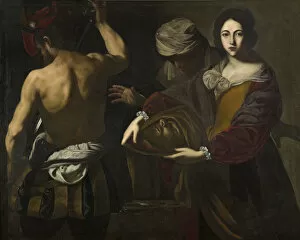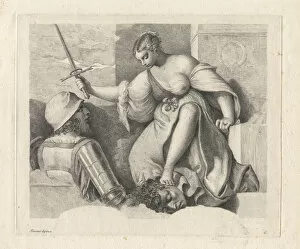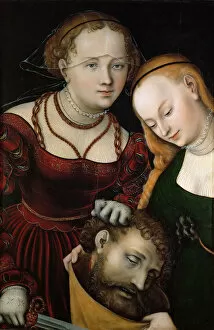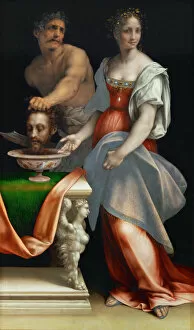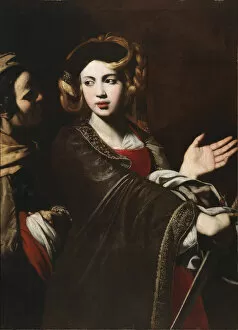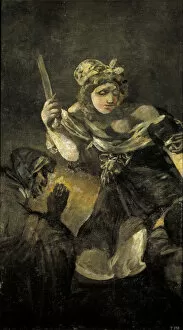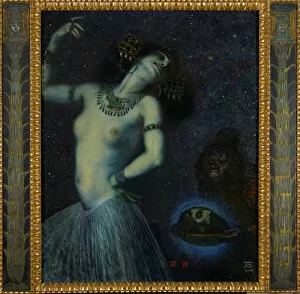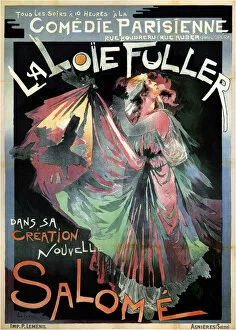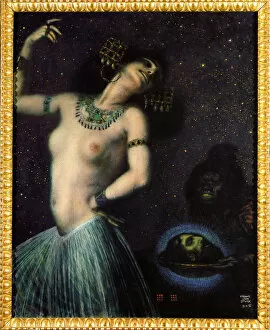Assyrians Collection (page 3)
The Assyrians, an ancient civilization that flourished in Mesopotamia, left behind a rich cultural legacy that continues to captivate us today
All Professionally Made to Order for Quick Shipping
The Assyrians, an ancient civilization that flourished in Mesopotamia, left behind a rich cultural legacy that continues to captivate us today. From the stunning artwork of renowned artists like Gustav Klimt and Artemisia Gentileschi to the impressive architectural marvels such as the Ziggurat Shrine in Iraq, their influence is undeniable. One notable depiction from history is Judith, a biblical heroine who played a pivotal role in saving her people from destruction. The painting by Klimt showcases his mastery of capturing emotion and beauty on canvas. Similarly, Gentileschi's portrayal of Judith and Holofernes exudes strength and determination. Nimrod, known as a mighty hunter, symbolizes the power and prowess associated with the Assyrian Empire. Briton Riviere's painting brings this legendary figure to life, reminding us of their dominance during ancient times. Mesopotamian art offers glimpses into daily life through various artifacts like funerary objects such as necklaces or relief panels depicting scenes of everyday activities. These intricate pieces provide valuable insights into their culture and traditions. The Lamasu or Bull-man reliefs found at Sargon II's Palace are awe-inspiring Neo-Assyrian artistry. These mythical creatures guarded entrances with their imposing presence while showcasing exceptional craftsmanship. Cultural monuments dedicated to Assyrian heritage stand tall as reminders of their glorious past. They serve as testaments to their achievements in architecture and engineering skills that have stood the test of time. The Siege of a city by the Assyrians depicted in relief form transports us back to an era where warfare was prevalent but also highlights their military might under rulers like Sencherib. Assyria's empire expanded far beyond its borders due to its advanced weaponry systems like iron helmets used during battles. These artifacts offer tangible evidence of technological advancements achieved during this period. Lastly, images portraying Assyrian archers on horseback give us a glimpse into their military strategies and the importance of cavalry in warfare.



